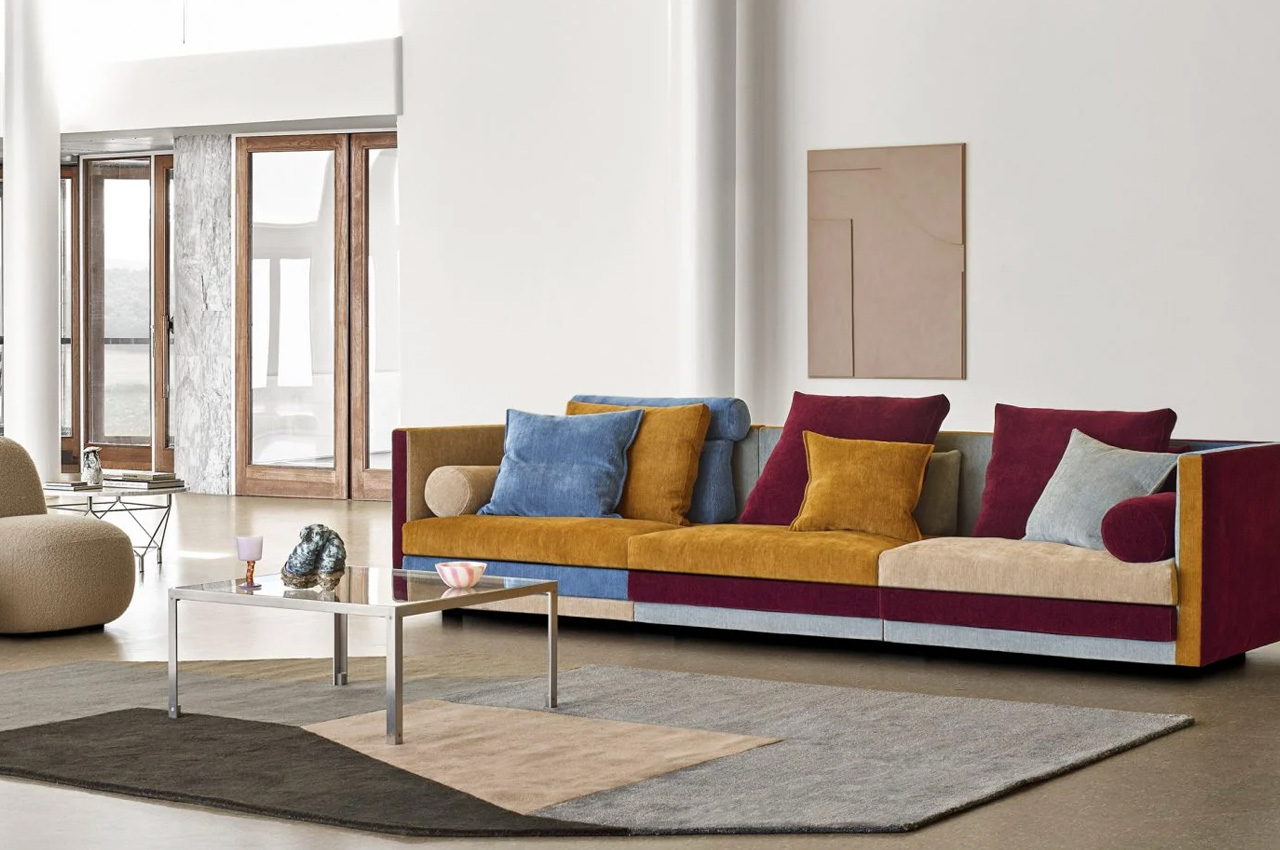
A beautiful piece of furniture can complete a room. It can be the final piece that makes a space come full circle, building a comfortable and cohesive haven, rather than a random area. Furniture pieces make or break a home, they add to the essence or soul of a home, hence one needs to be extremely picky while choosing a furniture design. The design should be a reflection of you, and what you want your home to be. When you place a piece of furniture in a room, it should instantly integrate with the space, creating a wholesome and organic environment. And, there’s something about unique, stunning, and well-done furniture design that completely wins my heart – for example the Cocoon sofa by Jens Juul Eilersen.
Designer: Jens Juul Eilersen for Eilersen
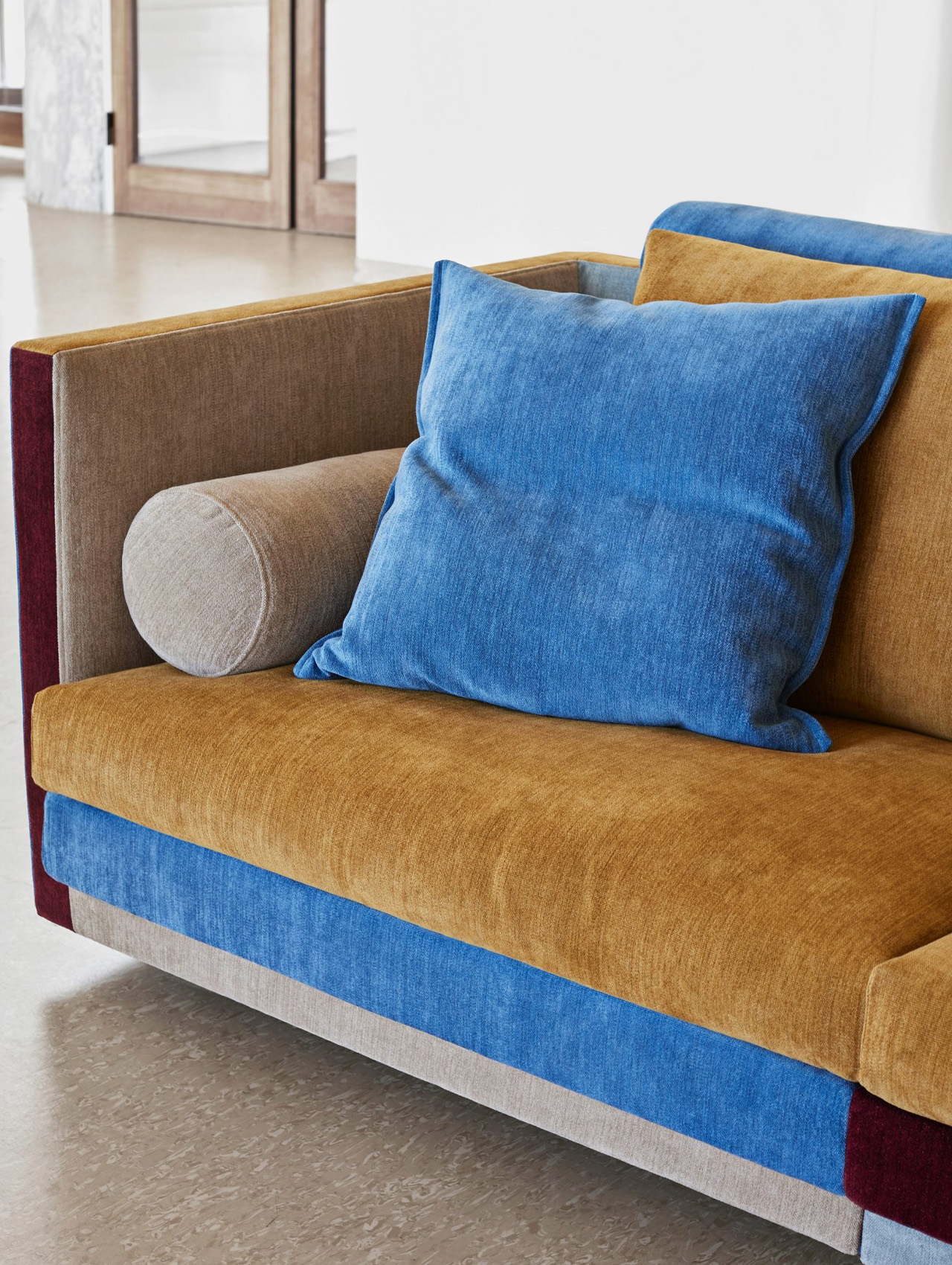
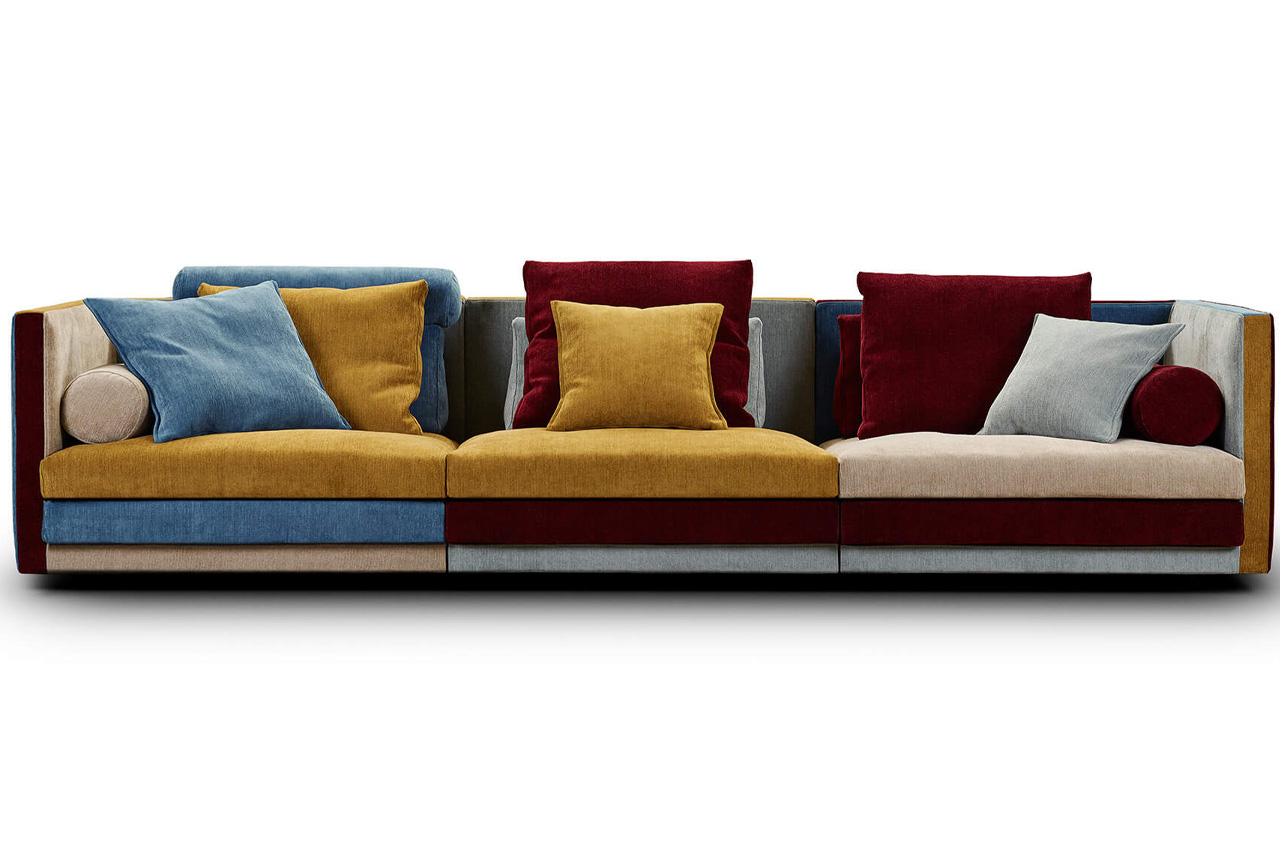
Designed by third-generation designer Jens Juul Eilersen for the Danish brand Eilersen in 2008, the Cocoon sofa is a comfortable and cozy seating design amped with all kinds of cushions to create an immersive nest-like space for users. The sofa was designed to imitate the feeling of retreating into a pupa. Recently, the brand launched three new multicolor variants of the Cocoon sofa, including an exciting Bauhaus edition that is a wonderful interplay of primary colors and geometric forms.
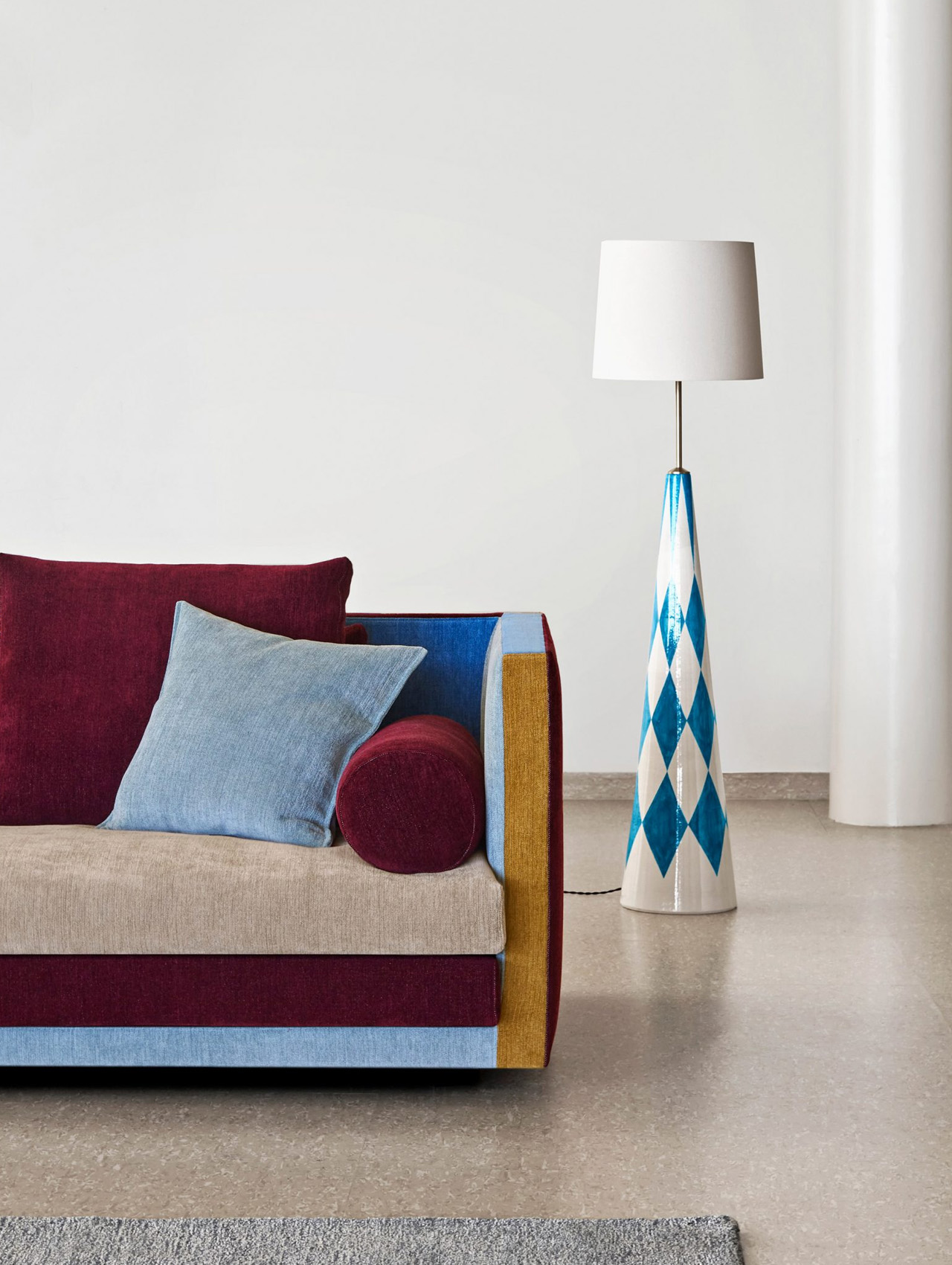
“As I played around with the idea of what it must feel like to be a caterpillar spinning silk, the image of a gigantic toy box arose,” said Jens Juul Eilersen. “A giant toy box with triangular cushions, lumbar cushions, head cushions, armrests, neck cushions – in fact, cushions of all shapes and sizes. It allows you to choose your own level of comfort while also having fun building and sitting on the sofa.”
The Bauhaus edition really caught my eye as it is pretty urban and cool. It combines a bunch of pastel and jewel shades of red, yellow, and blue which makes an interesting and strong reference to the modernist art school. An emphasis is also laid on the diverse shapes and sizes of the cushions. Besides the Bauhas edition, the sofa is also available in Bloom and Blues variants. The Bloom iteration uses shades such as green, pink, and yellow, while the Blues version is inspired by coastlines and calmness.
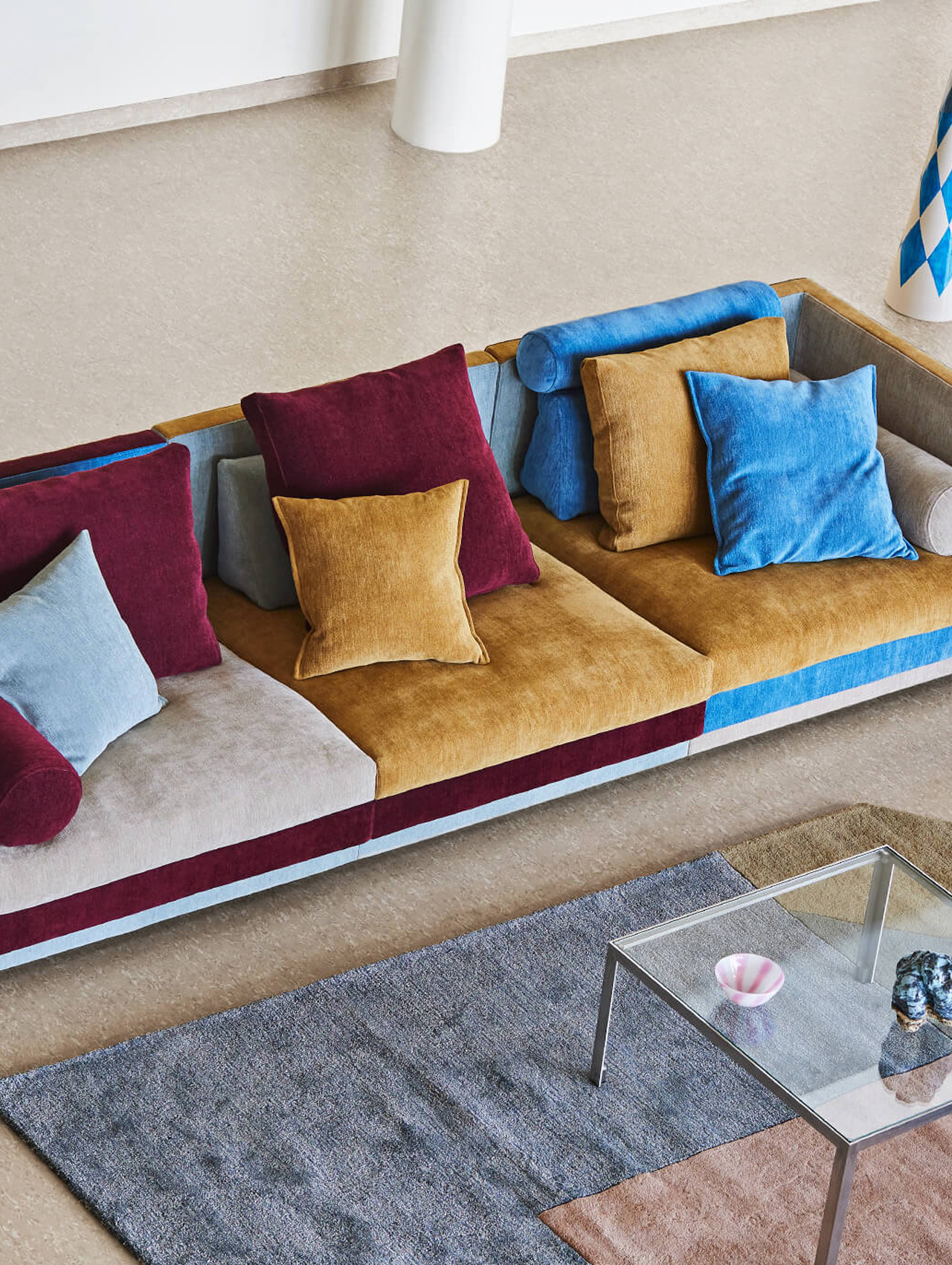
The post This Bold & Bulky Sofa Is Available In A Bauhaus Edition Referencing The Modernist Art School first appeared on Yanko Design.